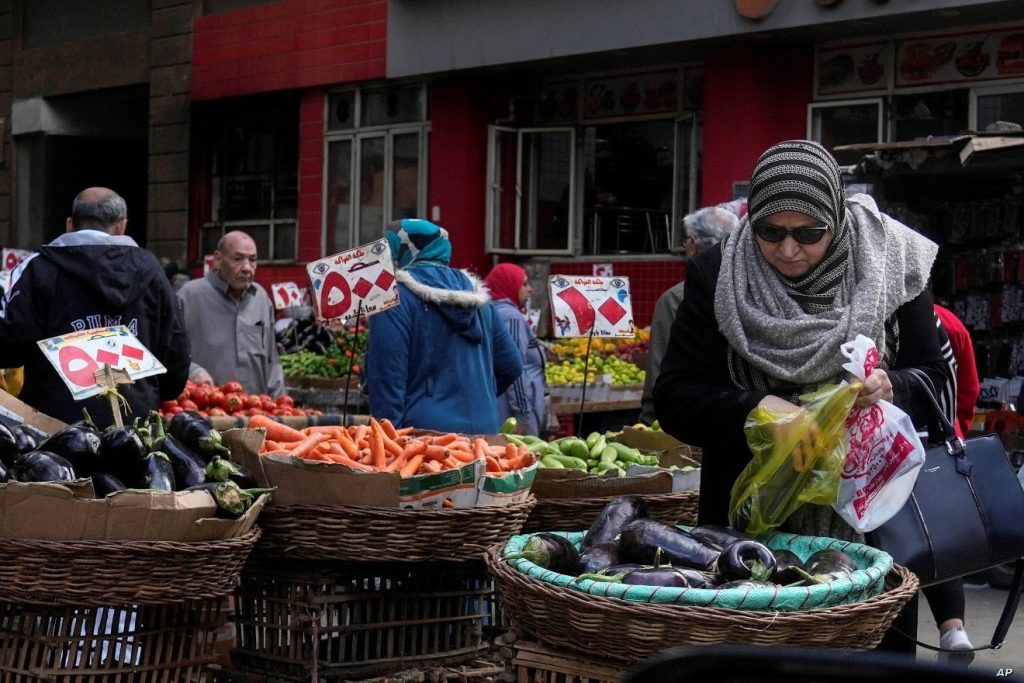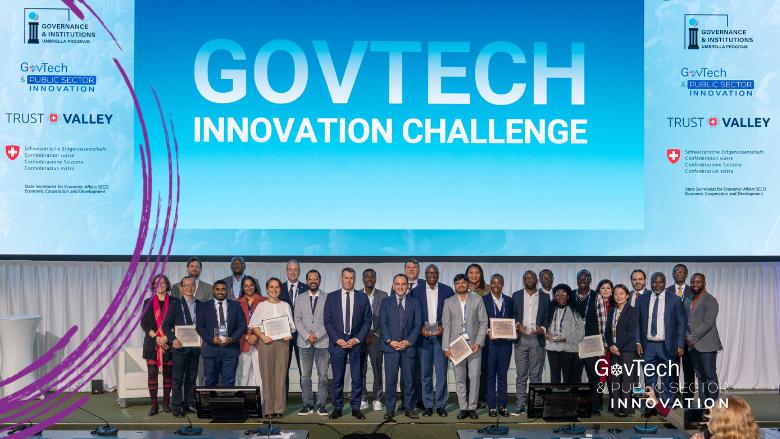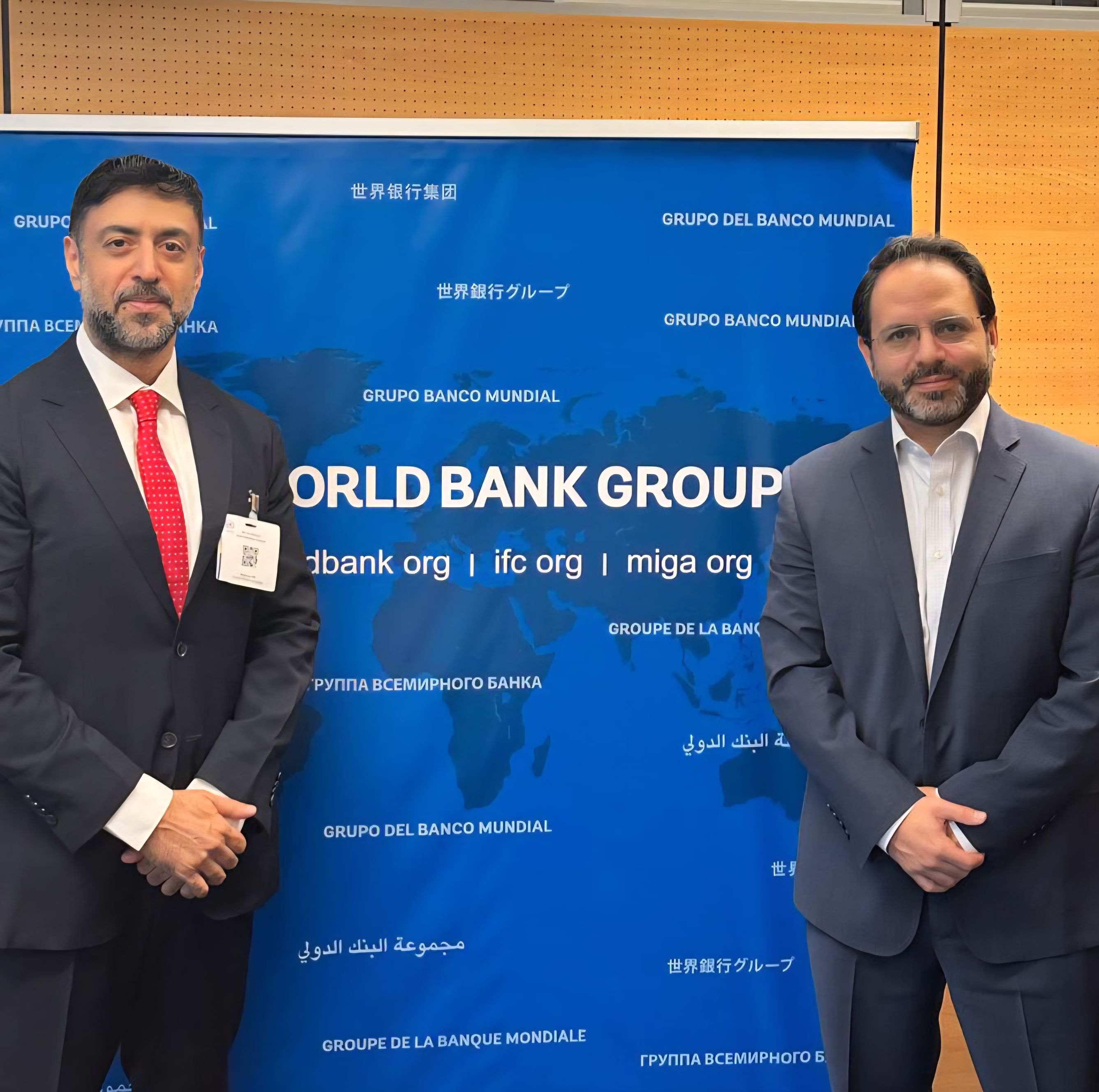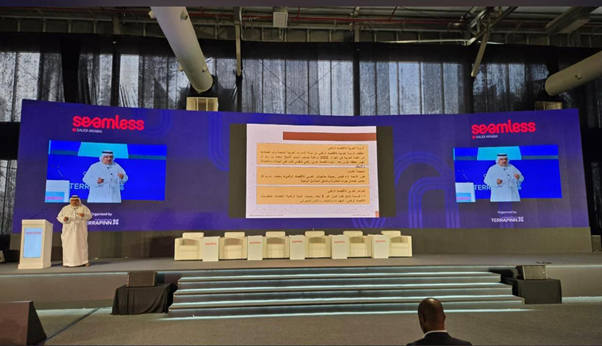Cairo
Source: Al-Wafd Newspaper
Prof. Dr. Ali Mohammed Al-Khouri
With global economic shifts and budget pressures, Egypt is moving toward phasing out fuel and bread subsidies as part of its strategy to achieve fiscal sustainability. This decision represents a vital step toward improving resource allocation and creating a more sustainable economy. In the 2023-2024 fiscal year, the Egyptian government allocated approximately EGP 119.4 billion for fuel subsidies, based on an oil price estimate of around $80 per barrel. This represents a significant increase compared to the previous fiscal year, when fuel subsidies amounted to EGP 58 billion, exceeding expectations by EGP 28 billion. The government also allocated EGP 125 billion for bread subsidies and EGP 147 billion for petroleum product subsidies in the 2024-2025 budget.
While moving toward subsidy reduction, the government remains committed to funding social programs, which constitute the primary safety net for low-income households. EGP 31 billion has been allocated to social security and solidarity programs, EGP 14.1 billion to health insurance and medical treatment, and EGP 10.2 billion to social housing. However, there is a growing need to reallocate resources more efficiently to support the most vulnerable groups.
The removal of subsidies is expected to increase the prices of transportation and basic goods, directly impacting the cost of living. This change could increase the burden on citizens, especially those with limited incomes, with inflation rates expected to rise to 30% in 2024. Businesses may be forced to raise prices of products and services to compensate for the increased production costs, further exacerbating the economic pressure on consumers.
To mitigate these effects, policymakers must work to design more effective national programs that optimize the use of available resources, protect low-income families, and ensure that subsidies for basic goods are delivered in a manner that achieves the greatest benefit at the lowest cost.
The Egyptian government has already initiated several measures to mitigate the potential negative effects of the removal of subsidies. This included increasing the minimum wage to EGP 6,000, expanding social safety nets, supporting affected economic sectors, and investing in infrastructure projects to enhance efficiency and reduce costs.
Historically, subsidy reforms in various countries around the world have led to social unrest, including in Egypt. Increased living costs without adequate preventative measures could trigger negative reactions.
Increased energy prices are likely to raise production costs in many economic sectors, potentially leading to job losses and reduced economic growth. Sectors such as transportation, manufacturing, and agriculture are particularly vulnerable. To support these sectors, policymakers must offer tax incentives, incentivize the use of energy-efficient technologies, and provide retraining and skill development programs to help workers adapt to new economic and technological realities in the labor market.
Developing a robust system for distributing cash support to eligible beneficiaries is critical. This system must be transparent and efficient to prevent misuse and abuse. Digital technologies and national identity systems can enhance the accuracy and fairness of cash transfer programs and ensure that assistance reaches those most in need.
Carefully managing the subsidy removal process is vital to maintaining political stability. Inclusive decision-making processes that engage all societal actors can foster consensus and public support. Regular consultations with civil society organizations, trade Federation’s , and other stakeholders can help address concerns, build trust, ensure transparency, and adapt policies as necessary.
Overall, it is clear that the phasing out of fuel and bread subsidies in Egypt is a complex but, given the facts, necessary step toward economic sustainability. However, amid such national reforms, the most important question remains: How can Egypt balance the need for economic sustainability with the demands of social justice? Achieving this balance requires a strategic vision committed to transparency and effective communication with the public. Can this step become a turning point toward a more just and sustainable economy, or will it raise new challenges? Another question is how can society leverage social innovation to provide practical and sustainable solutions to the challenges of subsidy removal? How can the private sector, startups, and community initiatives contribute to providing support? What policies should be adopted to stimulate this type of innovation?
Decision-makers must carefully consider the potential consequences of each step and work closely with all stakeholders to ensure that these reforms are a source of long-term stability and growth.












